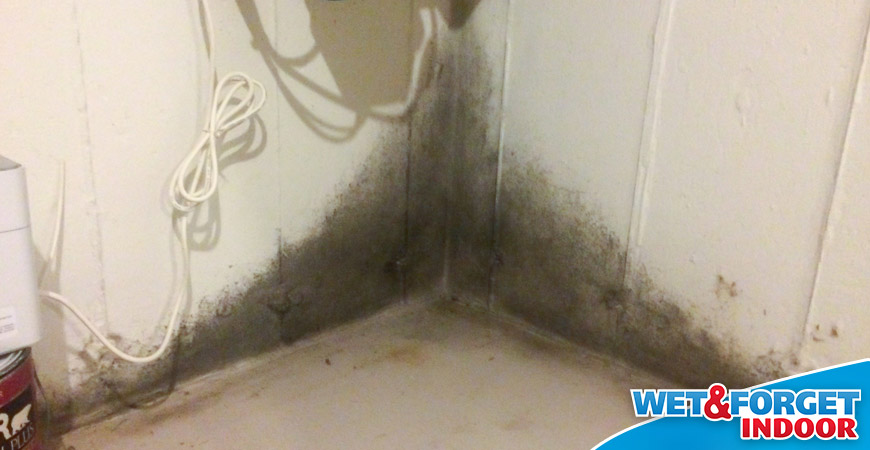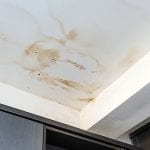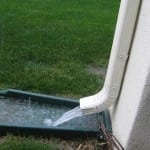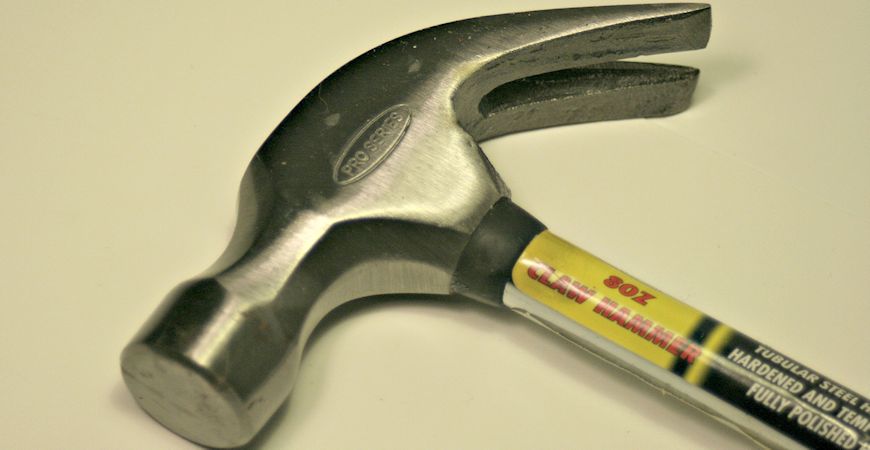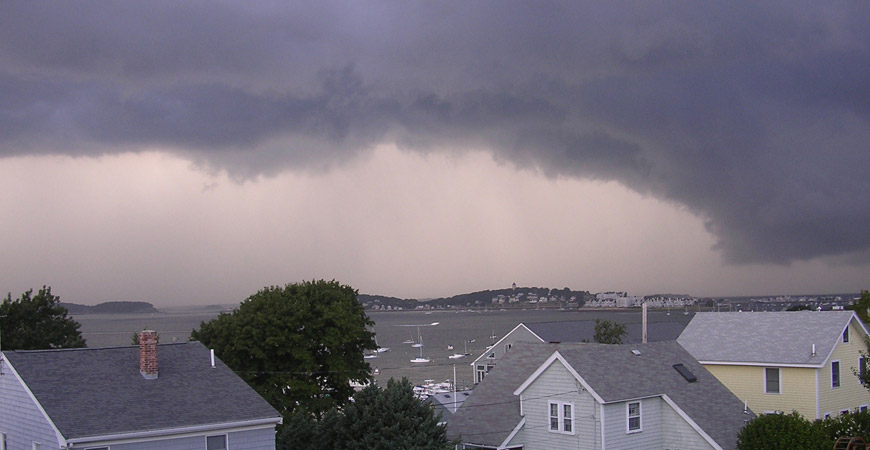
Check your Home for Hidden Storm Damage and Protect your Investment
It’s that time of year when some pretty violent storms come rolling through a lot of the country, sometimes causing devastating flooding or even tornadoes that tear out trees and level buildings. But even homes that seem to come through things pretty much unscathed can have storm damage that goes unnoticed and can lead to problems down the road.
If your home developed a water leak or a rain gutter problem during the last storm, leaving it untreated could lead to water damage and mold infestation that can become severe and expensive to repair.
Use this easy 4-step guide to check your home after this season’s violent storms and protect your biggest investment!
1. Check Roof and Tree Branches For Storm Damage
Your roof is your first priority because it has the most potential to leak during the next rainfall, which can lead to costly water damage.
First, check for any branches of nearby trees that may have been knocked loose; you will need to cut these away and assess any damage they’ve left behind.
Next, clean any other storm debris off the roof and check for loose shingles.
Follow up with a thorough roof inspection. Call a professional if you don’t feel safe on your roof.
2. Check Basement or Crawlspace
Your basement or crawlspace can fill with quite a bit of water during heavy rains, especially if your sump pump becomes overwhelmed by the volume of water. This can lead to serious mold issues.
Check your basement or crawlspace for water immediately after heavy rain, and use this guide to help narrow down the problem.
3. Check Gutters and Downspouts For Storm Damage
Is your basement or crawlspace getting wet when it rains despite a functioning sump pump? The problem may be your rain gutters or downspouts.
Strong winds and heavy rain can damage rain gutters and downspouts and even tear them loose, and these water conduits are essential for keeping your basement dry and your home’s foundation healthy.
Click here for a step-by-step guide on inspecting your rain gutters and downspouts, which you should do each spring and fall and after an especially violent storm.
4. Check Siding and Trim
Lastly, circle your house and carefully inspect all of the walls for any damage to the siding or trim. Strong wind can tear pieces of siding loose, and while it’s not usually as serious as a roof leak, this is still a way for water to get where it doesn’t belong.
Enjoy your home!!
Photo courtesy of mccready.

